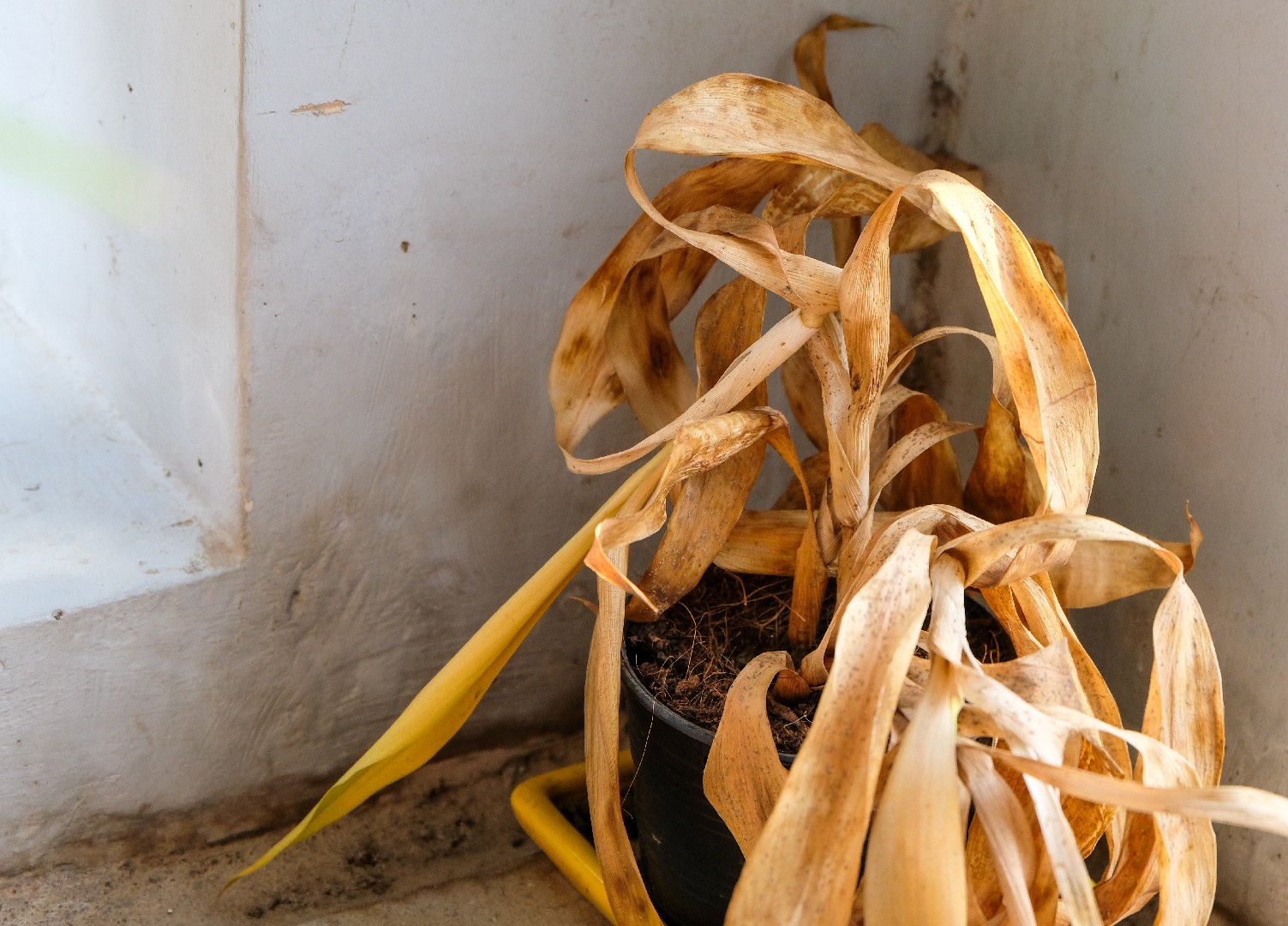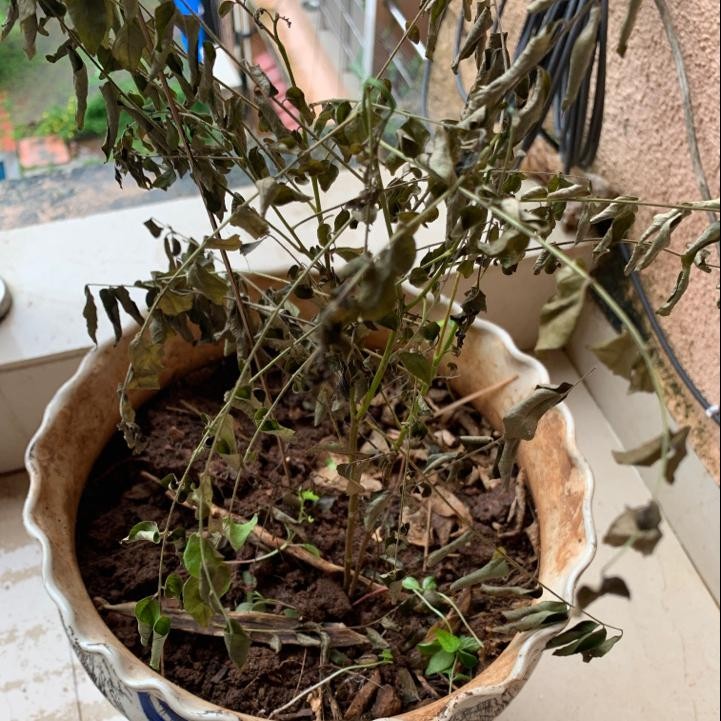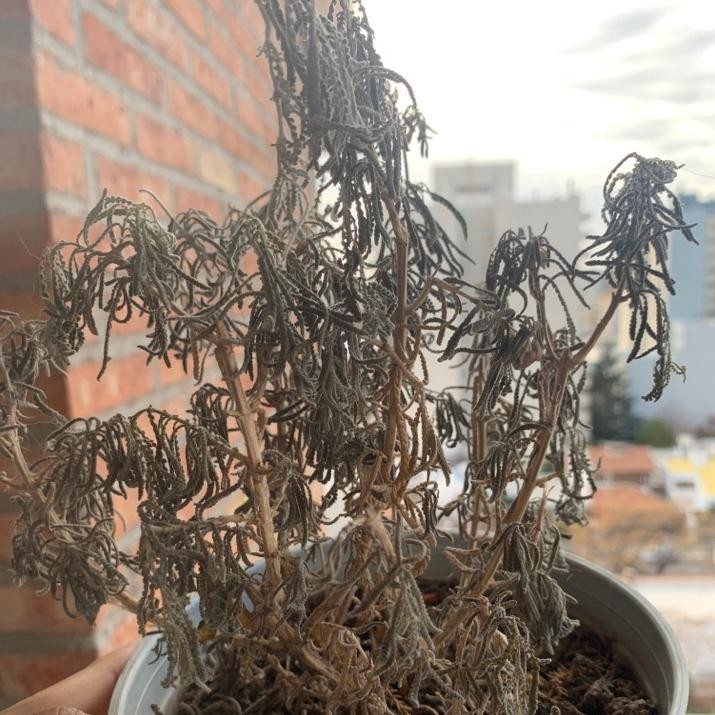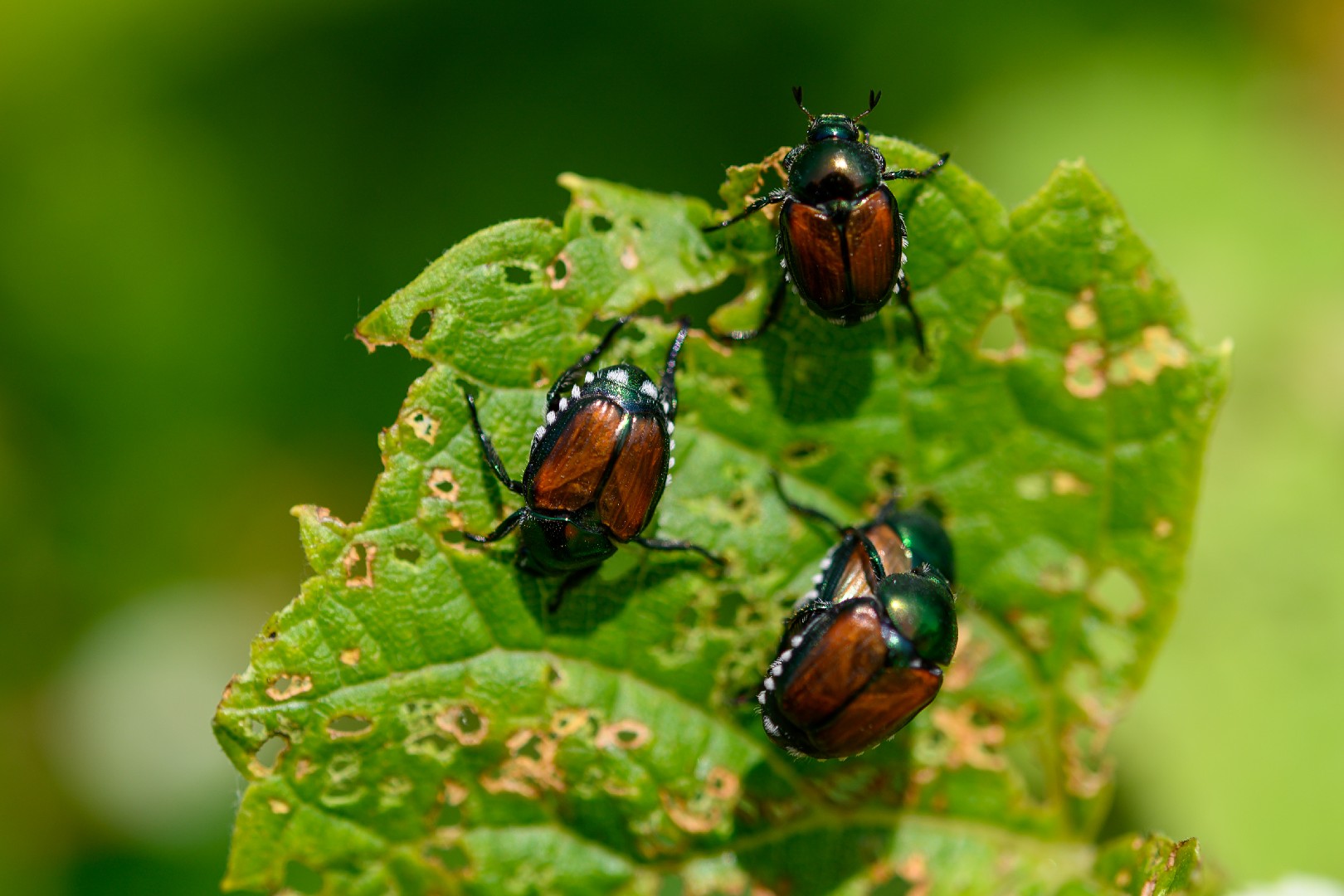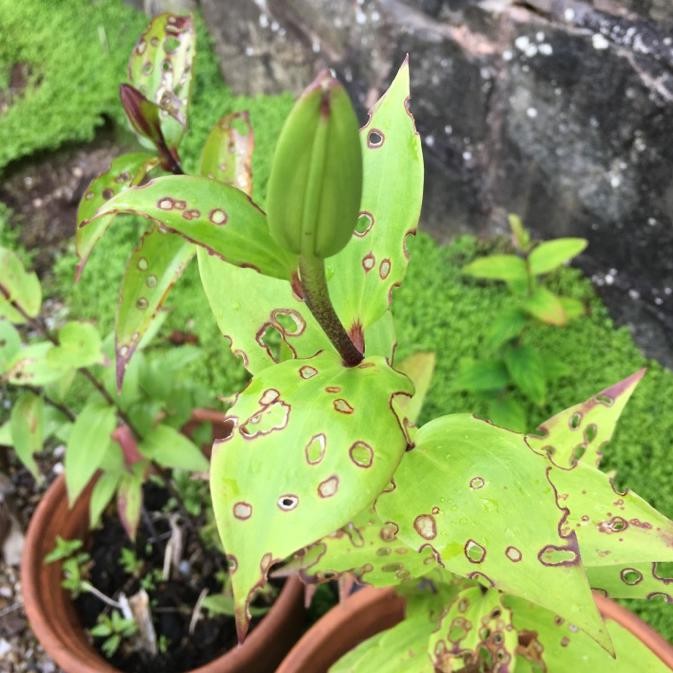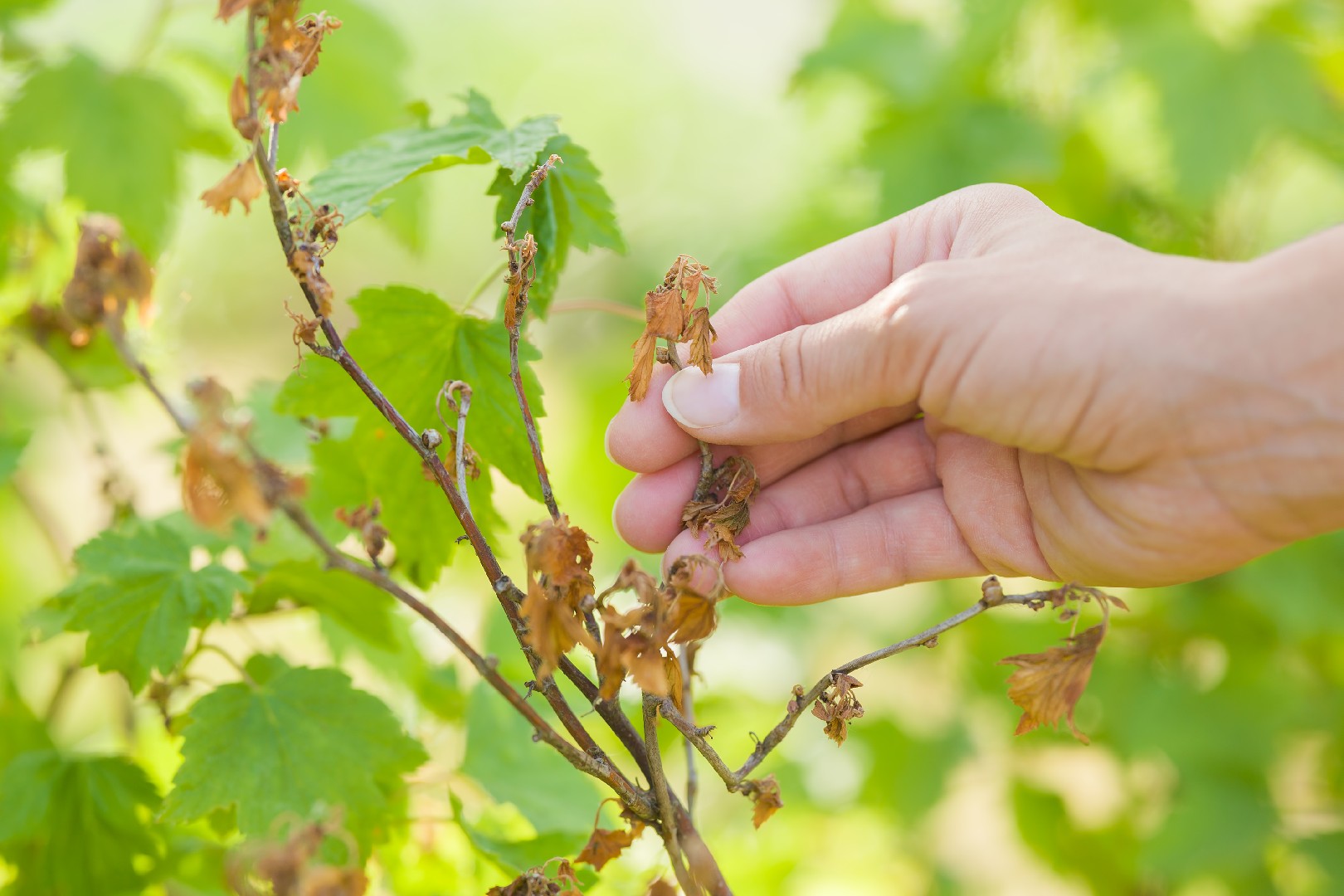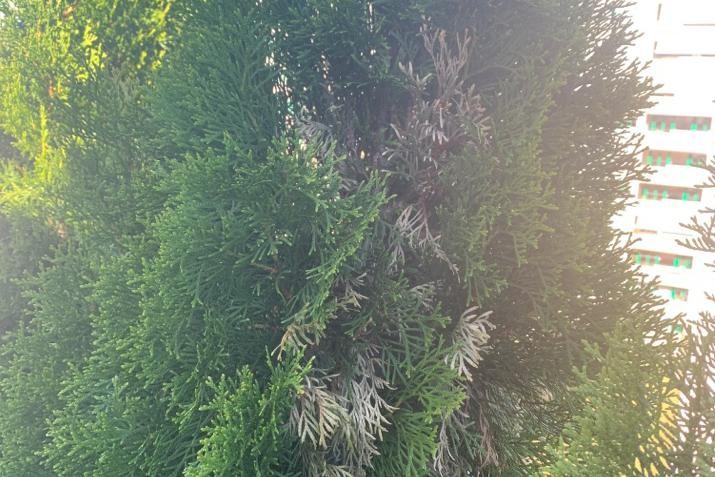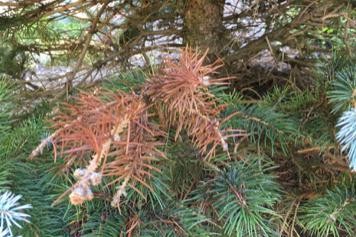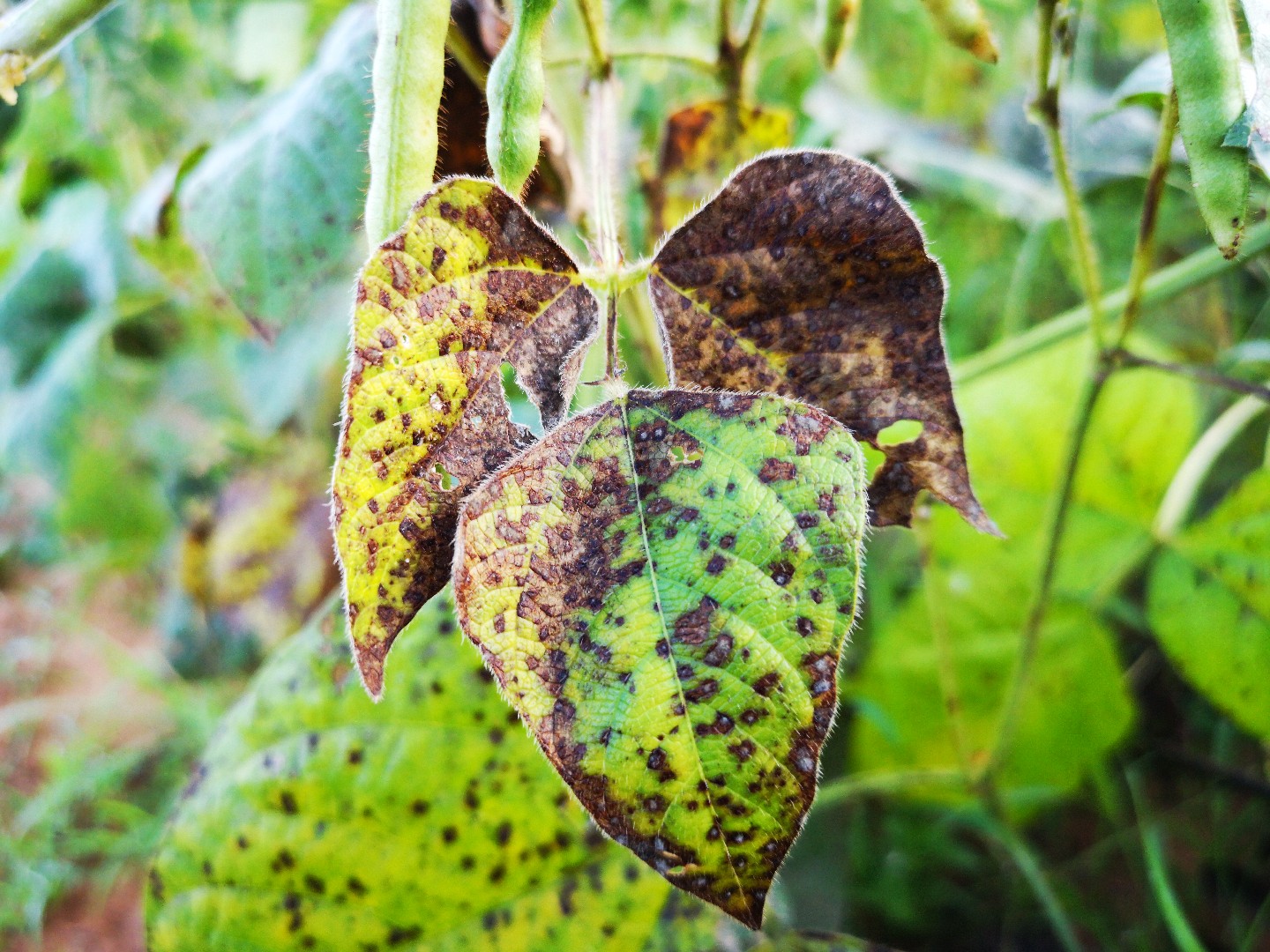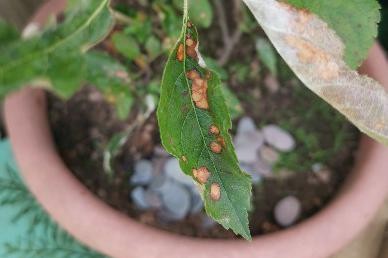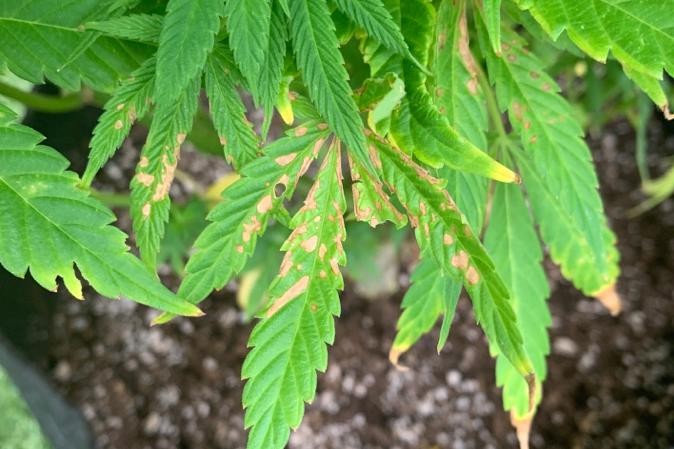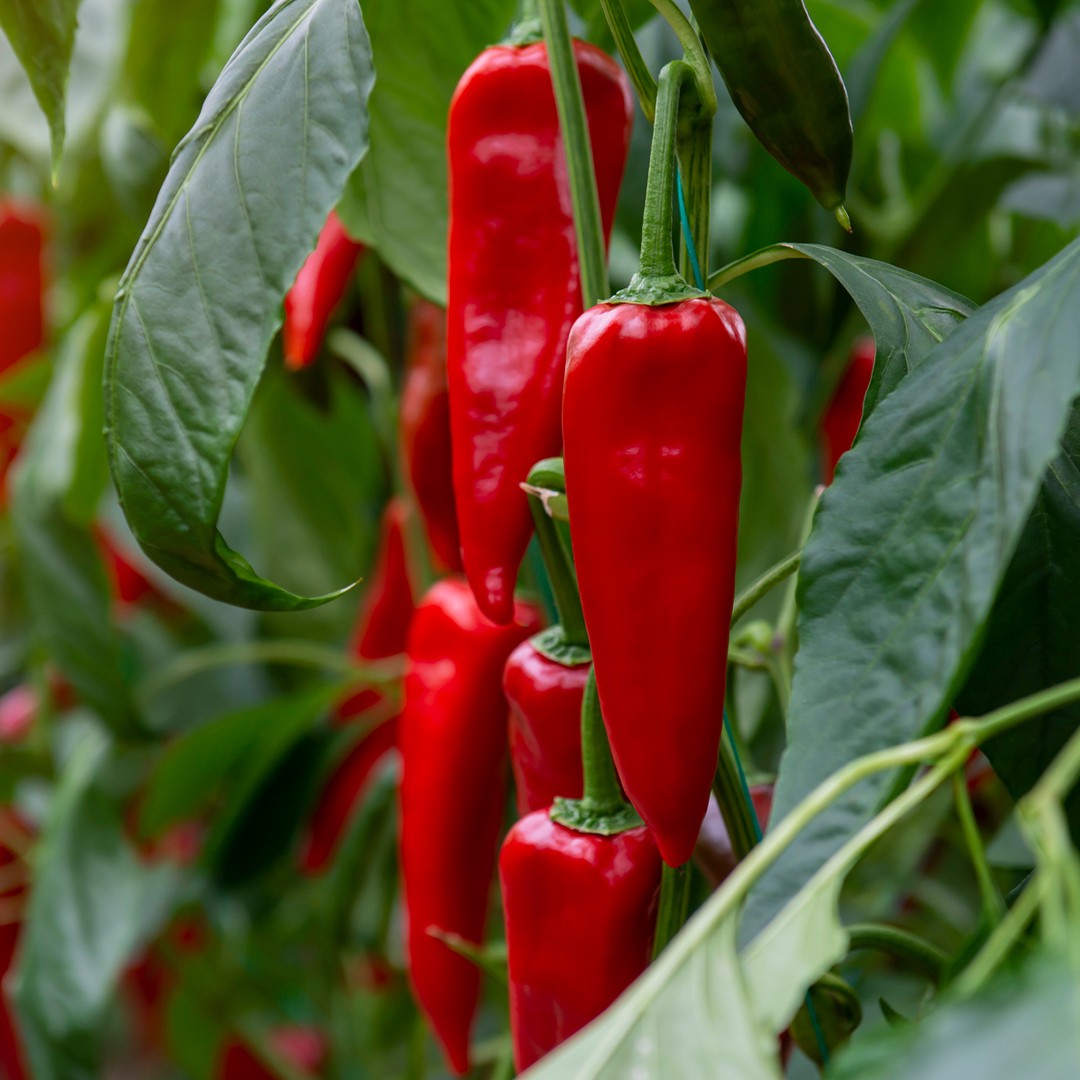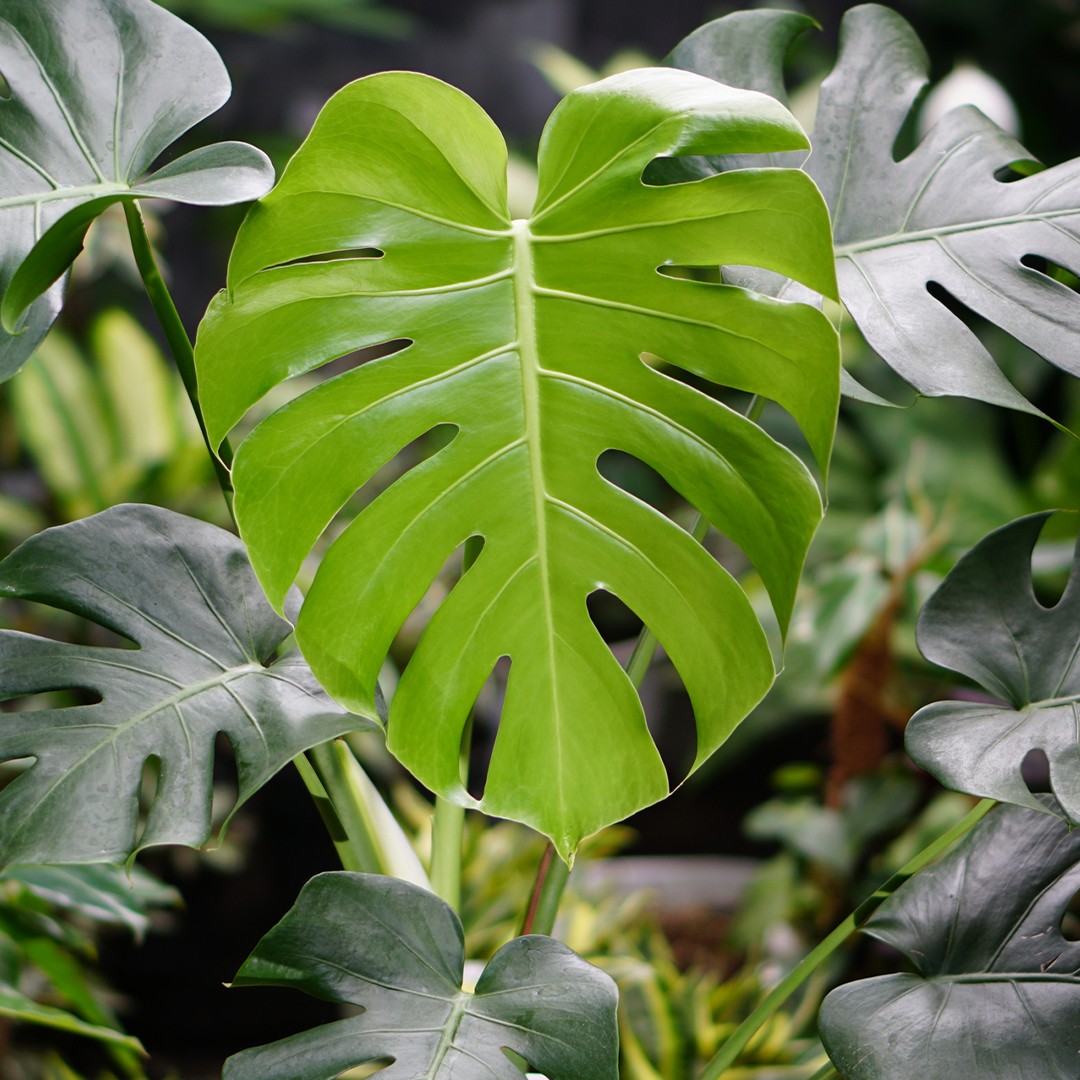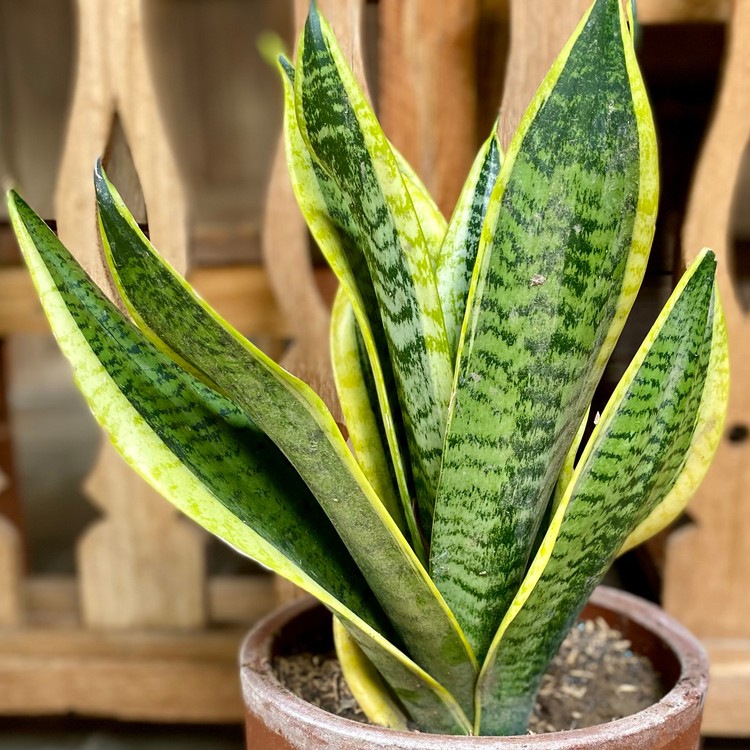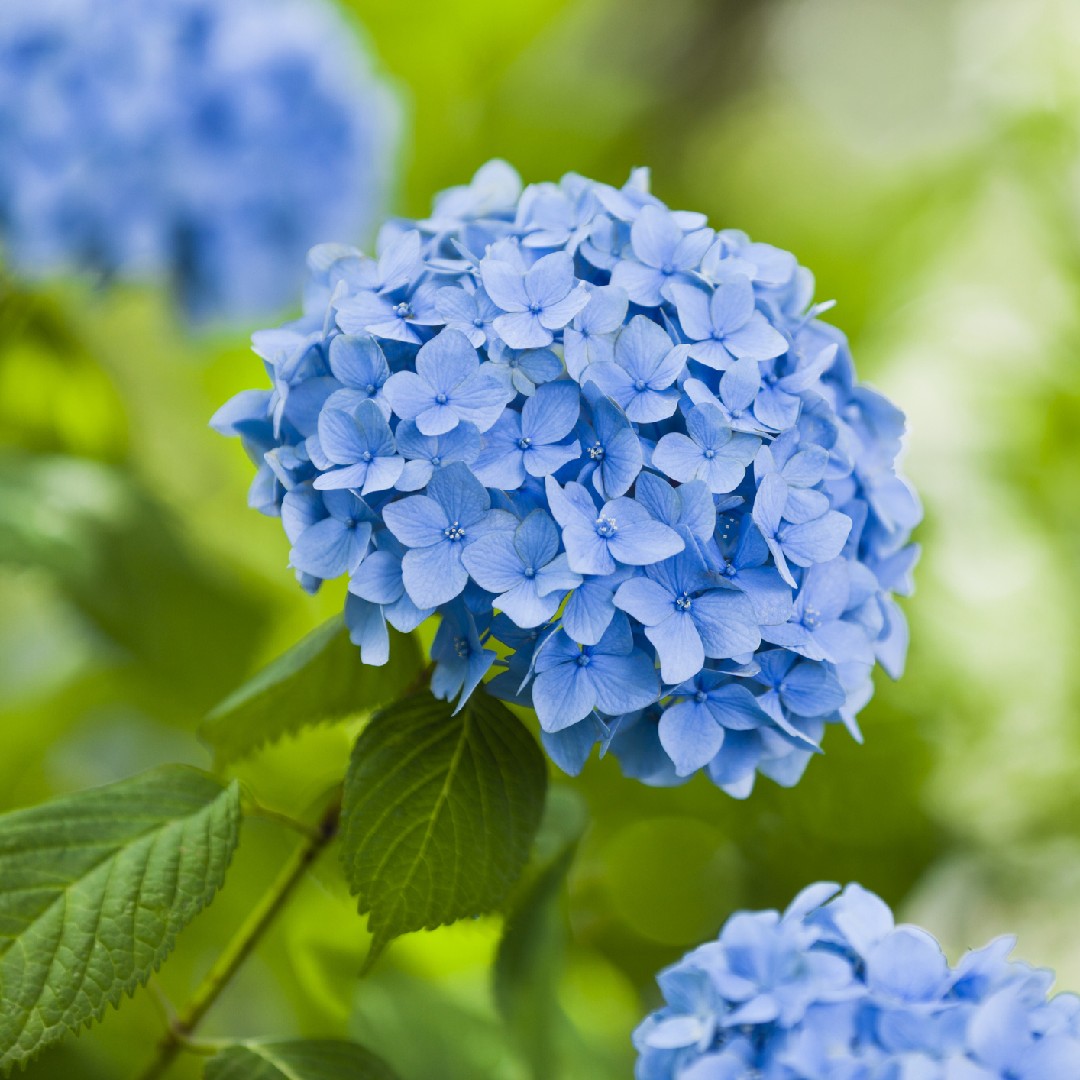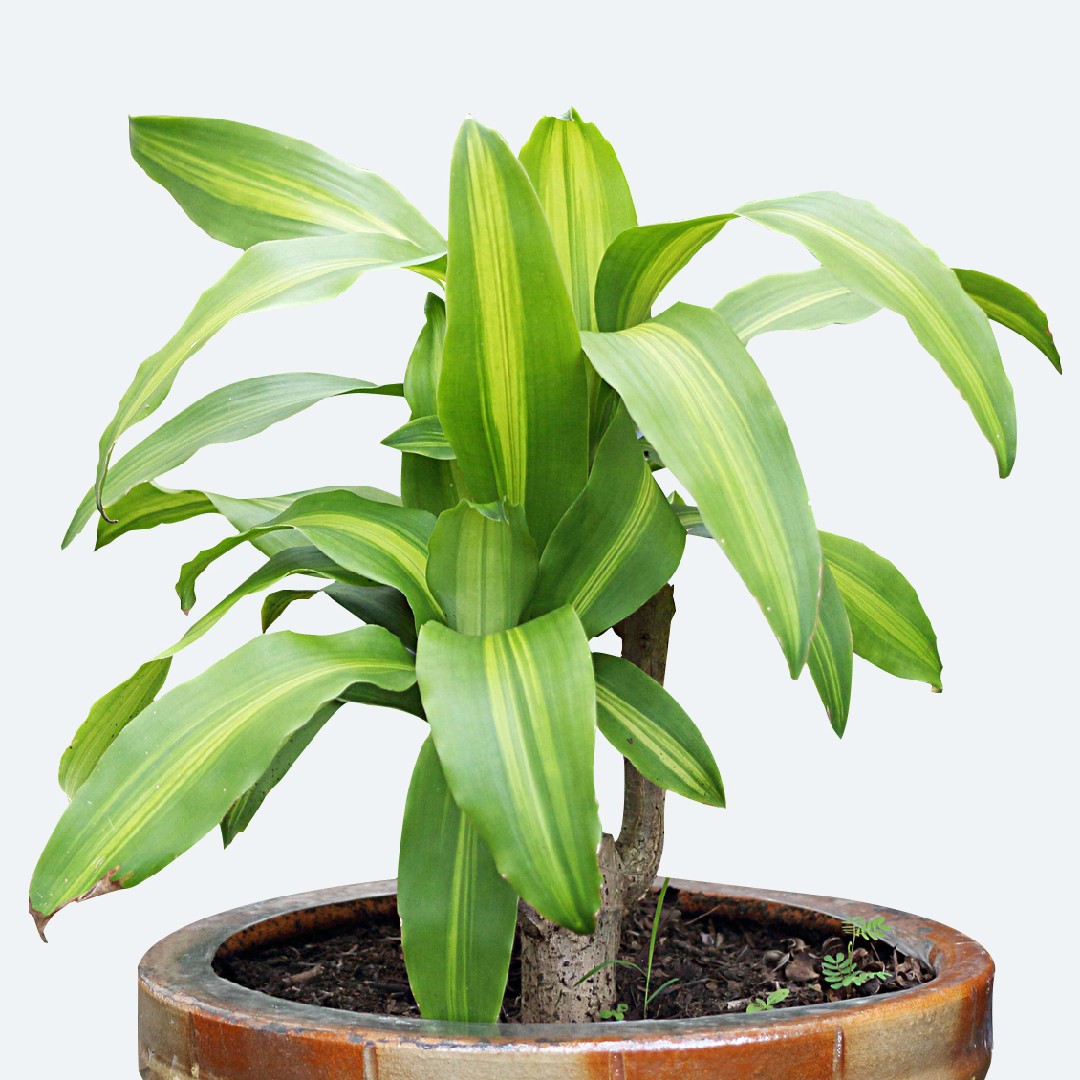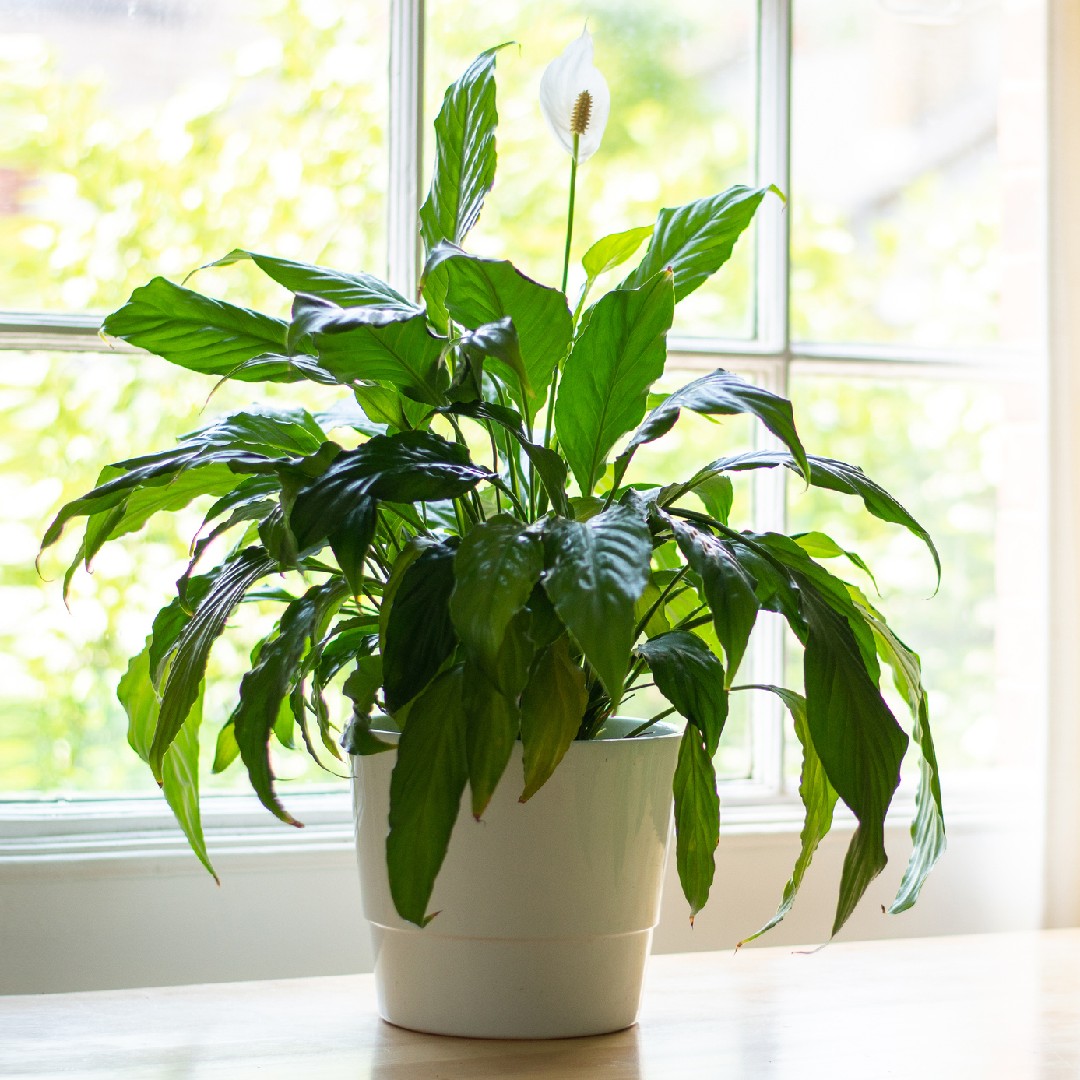What should I do if I water my Hairy wild rye too much or too little?
Without proper watering, this beautiful ornamental grass will underperform. In the ground, watering issues can be solved, but In a container, too much or too little water will kill Hairy wild rye in short order. When Hairy wild rye isn't receiving the right amount of water, it may stop growing. In the case of overwatering, it will begin to display yellow leaves with brown tips. Underwatering can produce drooping leaves, weak seed head production, and browned leaves. If you suspect your Hairy wild rye has been improperly watered, the first thing to do is figure out if the problem is too much or too little. If your Hairy wild rye is getting too much water, stop watering it immediately. Sometimes it can take weeks for heavy soils to dry out, so be patient. At the first sign of new growth, test the soil for moisture and decide whether it needs more water or not. The solution for Hairy wild rye receiving too little water is even simpler: give the grasses a nice, deep drink and see if it perks up. Bearing all of this in mind, remember that a long, deep watering is always better than a lot of shallow, frequent waterings. The reason for this is that deep watering encourages grasses to grow deep roots, which makes them more drought resistant and less prone to problems from watering.
![more]()
How often should I water my Hairy wild rye?
The watering needs of Hairy wild rye will vary depending on where it is planted. Generally, you should water this grass every week. In hot climates, once or twice a week watering in the summer may be necessary. In moderate climates, watering once every seven days or more may be enough. Grass in containers almost always need more frequent watering than grasses in the ground. But with a species such as this that can thrive in full sun or part shade, the location also matters. Shaded grasses need to be watered less frequently than in-ground grasses. Hairy wild rye should only be watered when the soil is dry. If you’re unsure when to water, there are a few key signs you can use as your cue. Pressing your finger a couple of inches into the soil will tell you if the soil is dry. For a potted grass, you can weigh the grass with a portable scale to see how light it is, but you can also quickly feel when the pot is light from lack of water. Like many types of grass, the blades may appear folded along their centers and thinner than usual when the roots lack sufficient water. Despite its drought tolerance, regular, deep waterings will reward you with a beautiful color. In the wild, Hairy wild rye grows in open scrubland, where it would be subject to extreme heat, loads of bright sun, and intermittent rain. Because this grass is drought resistant, you might expect never to need to water it. But don’t let its hardiness fool you, Hairy wild rye still needs care and attention. Even though this hardy grass can handle harsh, dry conditions, gardeners agree that it thrives best with consistent water. When first planted, Hairy wild rye will need more frequent water until it has established deep roots. For Hairy wild rye in pots, the soil will dry out quickly, especially if the pot is in hot, direct sun for a large part of the day. Test the soil every 3 to 4 days and water only when it feels dry. Hairy wild ryeed in the ground generally needs less watering, but that depends on the soil it is grown in. Heavy clay soil holds water for a long time and may feel dry at the surface while still retaining plenty of moisture below the ground. Sandy soils that drain quickly will need to be watered more often.
![more]()
What should I be careful with when I water my Hairy wild rye in different seasons, climates, or during different growing?
You can often tell if you are watering enough by the rate of growth of your grasses. Hairy wild rye during the hottest months of the year and has been known to double in size in a year’s time. If the weather is hot and the grass is not growing vigorously, you may need to adjust your watering schedule. In winter, you might be able to get away with watering only once a month, but you will still want to touch the soil to test for moisture. During a growth cycle (in the warmest months), the grass will need more water than usual. But during winter and cooler months, the need for water will be dramatically reduced. The most important thing to remember about Hairy wild rye is that the soil it is planted in should always be allowed to dry out completely before adding water.
![more]()
Do I need to prune my Hairy wild rye?
Pruning your Hairy wild rye is a fairly simple process that helps encourage the growth of a naturally healthy plant. To keep your Hairy wild rye in good health year after year, you can choose to either strategically prune it or cut it back each season. Depending on your preferences and where the Hairy wild rye is grown will determine if and when you should prune it. Pruning this plant is not an essential task, but it will enhance its appearance. Whether to prune or cut back depends on the way you want your plant to grow and the look you’re trying to achieve in your garden. Some gardeners favor the cutting back method, as it leaves more room for entirely new growth. However, it is possible to selectively and strategically prune Hairy wild rye while still encouraging full healthy growth in spring.
![more]()
How can I prune my Hairy wild rye?
Pruning your Hairy wild rye is a fairly simple process. First, you will need a reliable set of hand pruners or hedge trimmers. You may use a clean pair of sharp scissors if you don’t have pruners or garden shears on hand. It’s important to always clean your gardening tools before and after using them to prevent the possibility of spreading disease or infection to other plants. Plants can be cut down to the ground in late Winter to make room for new growth the following season. This method is called cutting back. To do this, simply cut all parts of the plant down until it is only a few inches tall. Lush, new, green foliage will appear in Spring. If you choose to cut down rather than prune, you may need to take measures to protect your plant from late-winter cold fronts that could leave your fresh-cut plant ends susceptible to damage. Alternatively, you can wait for the frost to pass and cut off the dried parts so that the dried parts can act as a warmth retainer. Dying, damaged, yellow or declining foliage should be removed as it appears. These parts of Hairy wild rye cannot be restored and pruning can increases the ventilation inside the plant and facilitates its growth. Any pruning that is done to this plant should be cut straight across the blades or stems. No angled cuts are required. This operation can be carried out at any time when the plants are growing.
![more]()
What should I do after pruning my Hairy wild rye?
Once you’ve pruned your plant, you should dispose of the stems and leaves either by composting the healthy ones or throwing out the diseased parts. You can also fertilize just before or after pruning, which gives Hairy wild rye a little vitamin boost that can provide it the nutrients needed to better protect itself from any nearby pathogens or diseases. Do not water the plants immediately after pruning as this can lead to fungal infestation of the plants through the wounds. You don’t need much after care when you’re done pruning. It might benefit from light watering and some liquid plant food to encourage new growth.
![more]()
How can I prune my Hairy wild rye during different seasons?
Early spring and late winter are the best times to prune plants on a large scale, and if you want to control the size of your Hairy wild rye you can prune them as you wish. If you want Hairy wild rye to regrow, cut the leaves back to about 1-2 inches from the ground. Yellow and diseased leaves may appear during the summer months when the plant is in full bloom . These types of leaves need to be pruned back immediately as they cannot be restored.
![more]()
When should I prune my Hairy wild rye through different stages of growth?
Strategic pruning is usually done at different times of the year or during certain stages of growth depending on the plant. However, knowing when to prune your Hairy wild rye depends on where you live and how established your plant is. For example, if your Hairy wild rye is a new resident in your garden, it’s a good idea to wait until the following Winter to start pruning. On the other hand, if your plant is already established, you will want to prune the dead foliage before new leafy growth appears in Spring. Doing so allows the dried out parts to keep the underground parts warm in winter and acts as a protection for the plant. It’s important to note that if Hairy wild rye is pruned too late in the season, it can leave new growth at risk for damage or disease. Since this can affect the long-term health and appearance of your plant, it’s important to keep this in mind when deciding when and how to prune. As your Hairy wild rye grows larger over time, you can either cut it back entirely to control its size or trim it as needed after annual pruning.
![more]()
Are there any tips for pruning my Hairy wild rye?
The best tip when it comes to pruning Hairy wild rye is to rather leave them be. If you do not need to prune this plant, do not. Hairy wild rye can grow exceptionally well with minimal to no pruning. Pruning is only ideal if you wish to cut the plant back entirely before new growth begins. Or if you wish to tidy the plant up as they do tend to self-seed readily and can get out of hand.
![more]()
What type of sunlight does Hairy wild rye need?
Hairy wild rye needs full sun every day, and these plants rely on a minimum of six hours of sunlight to keep their leaves, roots, and blooms in a healthy state. Even though most perennials need six hours of sunlight a day, plants like the Orange Daylily or Giant Coreopsis could live off less sun for a minimum of three hours daily. Even though these perennial flowering plants can live with only three hours of direct sunlight, they won't be able to thrive like they would in sunnier conditions.
![more]()
Can sunlight damage Hairy wild rye? How to protect Hairy wild rye from the sun and heat damage?
The few Perennial Flowering Plants that don't like excessive heat in warm climates might react poorly to too much sun if they have heat damage. These plants may wilt or dry out from too much sun and may also develop growth issues if they're regularly in the sun during the most intense heat of the day. Some plants don't need protection from the light afternoon sun, but those that are harmed by intense afternoon exposure should be provided some shade in warmer climates. Gardeners could give these plants plenty of shade by planting them in spots that don't receive direct heat during the afternoon, like under trees or behind bushes.
![more]()
Should I protect Hairy wild rye from sun exposure?
While many perennial plants need plenty of sun to bloom to their fullest extent, some of them benefit from less sun in warmer climates. For example, people who live in hotter climates might want to provide shade for their flowering perennials in the hot afternoon sun, and this is even more true for months in the summer. Even though some perennial flowering plants will benefit from partially shaded in the hottest climates, plants like the Giant Coreopsis aren't intimidated by too much sun. They might sit outside in the full sun in hot weather and still thrive.
![more]()
What will happen if Hairy wild rye gets inadequate sunlight?
If you're growing Hairy wild rye and you aren't getting enough sunlight, you'll notice signs of inadequate requirements in your plants. Most plants won't produce as many blooms as they would if they had full sun exposure. Some plants will develop dry spots on their leaves, but most of these plants will still bloom in the inadequate sun. Even though they bloom, the flowers will be smaller and less full.
![more]()
Does Hairy wild rye need special care about sunlight during its different growth stages?
Hairy wild rye is great flowers in gardens and will have optimum blooming if it gets six hours of sunlight a day minimum. Sometimes, flowers stay fresh longer if they're partially shaded during the really hot parts of the day. When Hairy wild rye is young, gardeners want to ensure their younger plants are getting plenty of sunlight but don't have to endure intense heat during the afternoon sunlight. If you have a fully mature plant, provide it with plenty of sun so it may keep up its growth properly.
![more]()
How much light does Hairy wild rye need for photosynthesis?
Hairy wild rye will need a minimum of six hours of light to best support their photosynthesis cycles. These flowering plants need the sun to help their foliage and blooms grow. However, certain perennial flowering plants like the Giant Coreopsis might need anywhere from eight to twelve hours of full sun a day to maintain their large flowers and healthy foliage.
![more]()
How much light should Hairy wild rye get per day to grow healthily?
If you want your Hairy wild rye to grow healthy and bloom as much as possible during its blooming season, you should try to give your plant six hours of direct sunlight. Some perennial plants might even do more sunlight and could sit in the sun for up to twelve hours, depending on the heat in the area and the general environment. Plants like the Red Hot Poker and Giant Coreopsis thrive in much hotter climates and might sit in all types of strong sunlight. Some home gardeners have to use grow lights because their spaces don't allow for tons of outdoor sunlight. Most perennials could grow happily in grow lights, but they will need anywhere from eight to fourteen hours of artificial light to stay strong since these lights don't have as much power as the sun.
![more]()
What is the optimal temperature for Hairy wild rye?
The best temperature for Hairy wild rye depends on the time of year. There are two primary seasons to discuss for temperature: the growing season, and the dormancy season. During the growing season, once Hairy wild rye has begun to sprout, the ideal temperature range should be anywhere from 65~80℉(18~27℃). Any colder than 15℉(-10℃), and the plant will suffer; its leaves may brown and wilt, but if this is a short cold snap, then Hairy wild rye may be able to survive with some help. During the warmer parts of the year, Hairy wild rye will need to be similarly protected from temperatures that are too high. 95-105℉ (35-40℃) is the top of this plant’s temperature range, and anything above that will compromise the integrity of the foliage and blooms of Hairy wild rye. Hotter temperatures can cause wilting, drooping, and even sunburn on the leaves, which can be difficult for Hairy wild rye to recover from. There are quite a few ways to combat this issue that are quick and easy!
![more]()
Temperature requirements for first year or seedling Hairy wild rye
If this is the first year of your Hairy wild rye outside as a new plant, then it may need a little extra tending during the coldest months of the year. Not only can frost more severely damage a first-year Hairy wild rye, but it can also prevent it from growing back as a healthy plant come spring. This plant needs to be kept at 40℉(5℃) or above when they’re not yet established, which can be done either by bringing your Hairy wild rye inside for a month or two, or putting up mulch or fabric barriers that protect from frost damage. It’s also a good idea to plant Hairy wild rye in a shadier spot during the first year or two, as smaller and weaker plants have a more difficult time maintaining their own temperatures in the heat. First-year Hairy wild rye should receive no more than five hours of direct sunlight per day, particularly if the ambient daytime temperature gets above 80℉(27℃). Shadecloth and frequent watering or misting are the keys to summer heat control.
![more]()
How can I protect Hairy wild rye from extreme temperatures?
If cold temperatures (below 15℉(-10℃)) do occur during the growing season, there are a few measures you can take to help protect Hairy wild rye from frost or cold damage. If you’re growing Hairy wild rye in a container, then the container can simply be brought inside in bright, indirect light until the temperatures rise up over the lower threshold again. Another option that’s better suited for ground-planted Hairy wild rye is to use mulch or horticultural fabric to create an insulated barrier around the plant, which will protect the plant from frost and cold wind. For temperatures that are hotter than 80℉(27℃) in the shade during the day, be careful to only expose Hairy wild rye to six hours or less of sunlight per day, preferably in the morning hours. Putting up shade cloth, or a fine plastic mesh, can help reduce the amount of direct sunlight that hits the plant during the hottest parts of the day. You can also install a misting system that allows for a slow release of cooling mist around the base of the plant during the day to lower ground temperatures.
![more]()
Dormant season temperature recommendations for Hairy wild rye
During the cold winter months, Hairy wild rye needs a certain measure of cold in order to stay in dormancy until it’s time to sprout. Sprouting too early, that is before the danger of the last frost has passed, can be fatal to Hairy wild rye, especially if it’s already had a head start when the frost hits. Winter temperatures should ideally stay below 32℉(0℃), but if they get up to 40℉(5℃), everything will be just fine. An unexpected warm spell during the cold months, which can happen in more temperate climates like woodland rainforests, can trigger a premature sprout from Hairy wild rye. In this case, if there’s still imminent danger of frost, you may want to try covering it with clear plastic on stakes so that the cold has less of a chance of damaging the new sprout. This setup can be removed when the danger of frost has passed. Occasionally, Hairy wild rye will be able to resprout at the correct time without any help, but this method increases the chances of a successful second sprouting.
![more]()
Why do I need to fertilize my Hairy wild rye?
Why you need to fertilize Hairy wild rye is pretty simple. Your plant needs the extra nutrients to produce healthy new growth. The additional nutrients also support the health of old growth and can help your plant fight off diseases and pests.
![more]()
When is the best time to fertilize my Hairy wild rye?
Knowing when to fertilize Hairy wild rye is key for its survival in the garden. It’s not a heavy feeder and doesn’t require additional nutrients when it is dying back. While you can apply diluted fertilizer at the start of the growing season, it’s not recommended. Instead, put down some mulch or compost around the base of the plant.
![more]()
When should I avoid fertilizing my Hairy wild rye?
Since you are not using packaged fertilizers, you don’t have to worry about when to stop feeding Hairy wild rye. A layer of compost or mulch in the spring will be more than enough to keep Hairy wild rye happy throughout the year. Don’t worry about mulching or composting in the winter when the plant is dormant.
![more]()
What type of fertilizer does my Hairy wild rye need?
You don’t need to rush out to the garden center to purchase a bag of fertilizer. Hairy wild rye doesn’t need the extra nutrients. Instead, you can put down a layer of compost in the spring. It will supply the plant with the necessary nutrients. If you mulch your garden yearly, the bark will also keep your plant fed and happy.
![more]()
How do I fertilize my Hairy wild rye?
Whether you are using mulch or compost, the steps are the same for Hairy wild rye. Put down a layer of the material, making sure it covers the plant’s base. You may want to use both mediums, but if you do, reduce the amount of compost. Adding a layer of mulch can serve two purposes. It helps the soil retain moisture while also feeding your plant.
![more]()
What happens if I fertilize my Hairy wild rye too much?
If you avoid using liquid or granulated plant food, you shouldn’t worry about over-fertilizing Hairy wild rye. If you are amending the soil with fertilizing, watch out for root burn. Too much nitrogen, and other nutrients in the soil, can burn sensitive roots causing the plant to start dying back.
![more]()
![icon]()
Get tips and tricks for your plants.
Keep your plants happy and healthy with our guide to watering, lighting, feeding and more.
Download the App for Free





